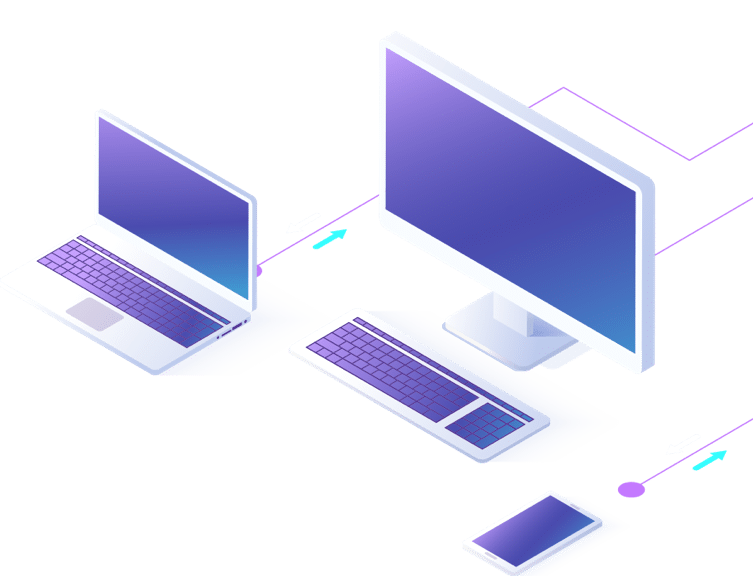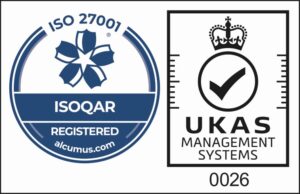Guarding the Digital Frontier: Cybersecurity Imperatives in the Modern Era
In a world driven by digital innovation, cybersecurity has become the linchpin holding the delicate balance between progress and chaos. As businesses continue to embrace cloud computing, IoT, AI, and other emerging technologies, the need for robust cybersecurity measures has never been more critical.
The Evolving Threat Landscape:
Phishing Attacks: Trick users into revealing sensitive information.
Ransomware: Encrypts data and demands payment for release.
Advanced Persistent Threats (APTs): Highly organized, long-term targeted attacks.
Insider Threats: Risks originating from within the organization, whether intentional or not.
Core Pillars of Modern Cybersecurity:
Network Security: Protecting the integrity, availability, and confidentiality of network traffic.
Information Security: Safeguarding data from unauthorized access and alterations.
Endpoint Security: Ensuring all endpoints (devices connected to the network) are secure.
Identity and Access Management (IAM): Strictly regulating who can access what within your network.
Key Modern Cybersecurity Technologies:
Firewalls and Intrusion Detection Systems (IDS): To monitor and control incoming and outgoing network traffic.
Machine Learning and AI: To predict and counteract new kinds of threats.
Blockchain: For secure, tamper-proof systems.
Zero Trust Architecture: Assumes no user or system can be trusted by default, even if they are part of the corporate network.
Human Factor in Cybersecurity:
Employee Training: Cybersecurity isn’t just a technical issue; it’s a human one too. Regular training programs can help employees recognize and thwart security threats.
Regular Updates: Making sure that all team members are aware of the latest threats and preventive measures.
Challenges in Modern Cybersecurity:
Complexity: The increasing complexity of digital ecosystems makes them harder to secure.
Regulatory Compliance: Staying compliant with ever-changing cybersecurity laws and regulations.
Shortage of Skilled Personnel: As threats become more sophisticated, the need for highly skilled cybersecurity professionals grows.
Future Directions:
Cybersecurity Mesh: Allows for more flexible, modular security approaches.
SecDevOps: Integration of security into the DevOps process for more secure code and quicker response to threats.
Quantum-safe Cryptography: As quantum computing becomes more feasible, so does the risk of breaking existing cryptographic algorithms. Quantum-safe methods are in development to counteract this.
In the modern era, where digitalization opens doors to both opportunities and vulnerabilities, cybersecurity is not a luxury or an afterthought; it’s a necessity. Businesses must invest in both technologies and skilled professionals to build a cybersecurity posture that can withstand the evolving threat landscape.




